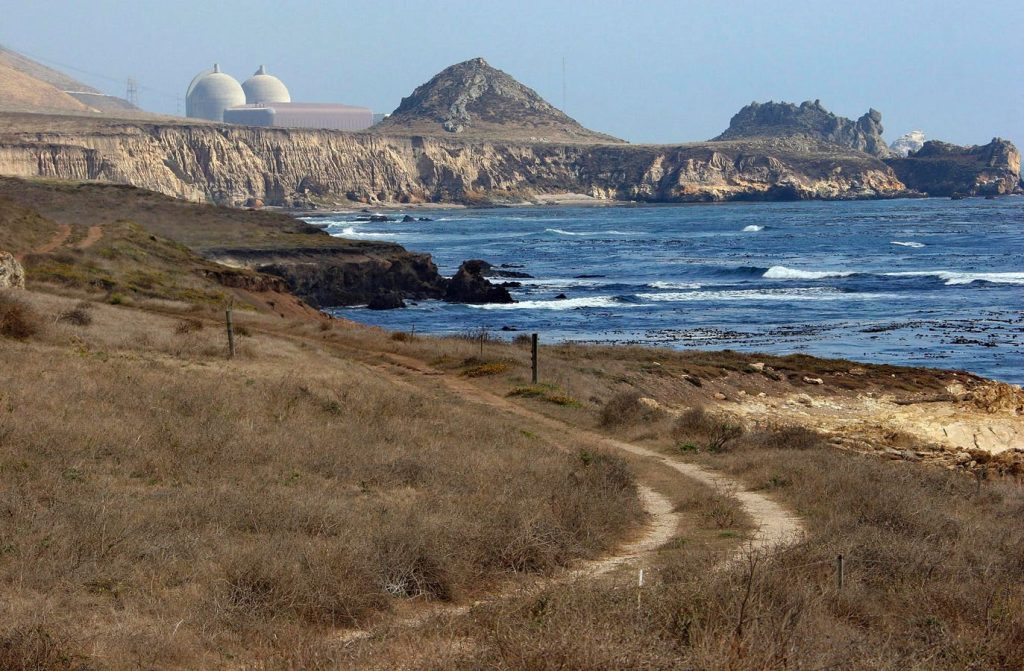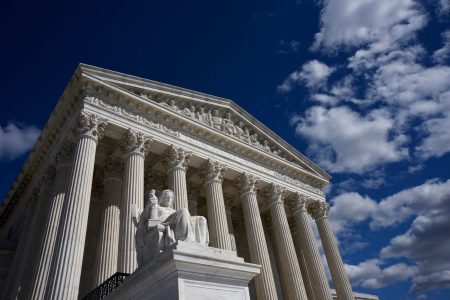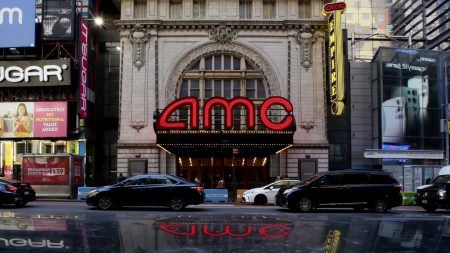California’s Diablo Canyon nuclear power plant, which has been operational since the 1980s, recently received a legislative lifeline with its operation extended until 2030. This decision was made in light of the plant providing a significant portion of the state’s electricity and its closure would have created reliability and emissions challenges. Despite the temporary reprieve, the U.S. nuclear industry is facing broader challenges, with many plants reaching the end of their lifespan and struggling to remain economically viable.
The aging U.S. nuclear fleet is a result of the difficulty and high cost associated with building new plants. The regulatory approach to radiation risks is a major barrier, with strict safety requirements based on outdated assumptions about the health impacts of low-dose radiation. Evidence suggesting that low-dose radiation may not be as harmful as previously thought is not reflected in regulatory standards, leading to excessive costs and delays in new plant construction.
Furthermore, the process of decommissioning old nuclear plants is slow and costly, further contributing to the industry’s inertia. Diablo Canyon, which is nearing 40 years of operation, is projected to cost about $4 billion to decommission. This cycle of difficulty in building new plants and retiring old ones traps the industry in a state of purgatory, where plants remain operational well beyond their intended lifespan.
Environmental groups have raised concerns about the risks associated with aged nuclear plants, such as Diablo Canyon, and are pushing for their immediate closure. While their concerns may be valid, the challenges facing the industry make it difficult to retire these plants quickly. Instead, they continue to operate, dominating the nuclear fleet and hindering the transition to safer, more efficient reactors.
The decision to extend Diablo Canyon’s operations has benefits in terms of grid stability and providing low-carbon power. However, it is seen as a short-term solution to a larger problem facing the nuclear industry. To truly move forward, a shift in the regulatory approach to accurately assess radiation risks is needed. This will enable the industry to build new, more efficient plants and retire older ones in a timely manner.
Ultimately, breaking free of the current stagnation in the nuclear industry will require a major paradigm shift. With a modernized regulatory framework that reflects the latest scientific understanding of radiation risks, the industry can move towards a more sustainable and innovative future. Until this change occurs, the Diablo Canyon situation serves as a reminder of the challenges facing the aging U.S. nuclear fleet and the need for reform to ensure its long-term viability.















